Top 10 Anakin Skywalker Moments
'I Don't Like Sand'
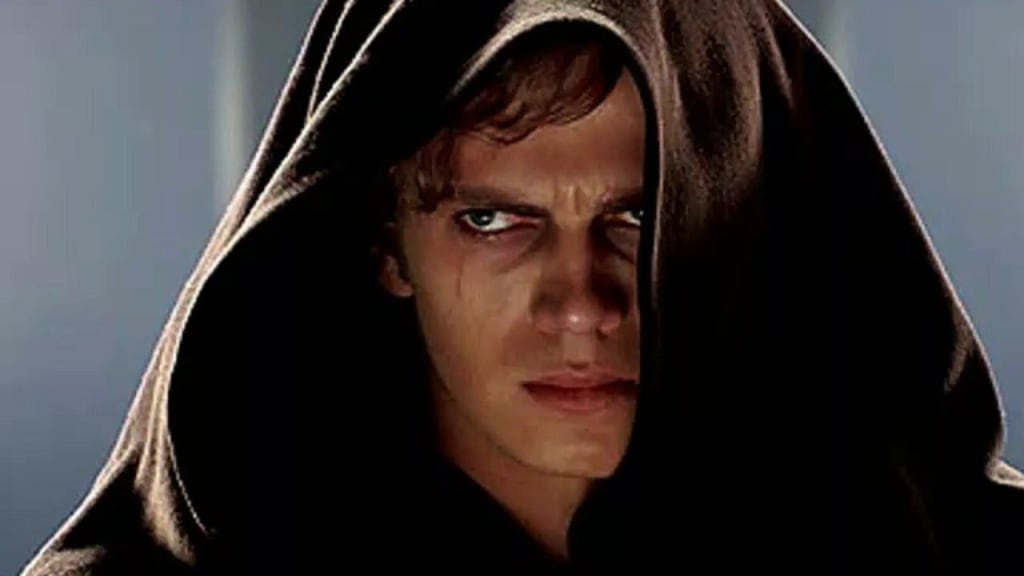
Anakin Skywalker is one of the most consequential characters in the Star War universe. He was a true savant of the Force. His life fulfilled prophecy, his actions helped create an empire and reshape the galaxy, and his pain fueled a legendary rage that would become synonymous with his later identity: Darth Vader.
Today, we are going on a journey through the life of Anakin. We will look at some of the moments that either had an important impact on his life or were particularly revealing of who he was becoming. Come with us as we count down the top ten Anakin Skywalker moments!
RELATED: A Psychological Profile On Obi-Wan Kenobi
10. Winning The Boonta Eve Classic

To say that the deck was stacked against Anakin at a young age is an understatement. Forces were working against him at every turn. This is heavily illustrated when we encounter him on Tatooine in Star Wars Episode I: The Phantom Menace. He is a slave for one. One that fantasizes about becoming powerful enough to one day return and free other slaves. Also, when Qui-Gon is working out a bet to free him and his mother, Watto utilizes a loaded die. Society seems to be structured to keep Anakin down.
When the actual race is about to occur, Sebulba sabotages Anakin’s pod. However, the race and the events around it illustrate that Anakin is not only capable of overcoming virtually any obstacle, but his destiny is also inevitable. He is meant to be trained and bring balance to the Force. The forces that work against him are ultimately only a means of strengthening his will forward.
9. Rescuing Ahsoka Tano And Barriss Offee
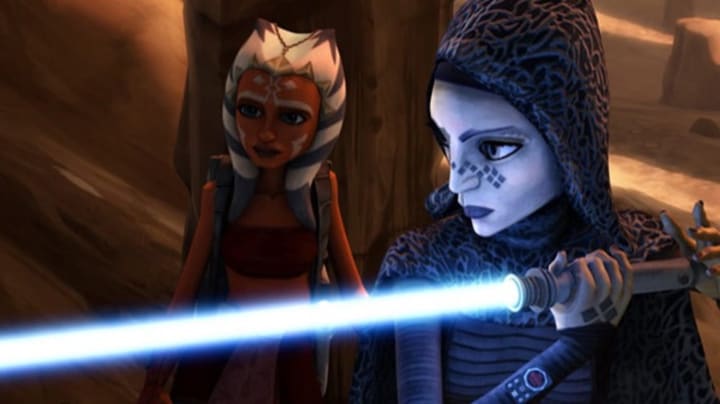
The events of The Clone Wars see an attempt at restarting battle droid production on Geonosis, the very location where the war began. In the process of shutting down a droid factory, Jedi Master Luminara Unduli and Anakin are separated from their padawans. They are seemingly lost under a mountain of rubble having sacrificed themselves to complete their mission. We learn a lot about Anakin in his discourse with the Jedi Master.
Jedi Master Unduli comments, “If my padawan has perished, I will mourn her. But I will celebrate her as well through her memory.” Anakin replies“Well, I still plan on celebrating this victory with my padawan, in person.” This is an important moment that shows the continuing of a pattern that would carry on through the death of Padmé, in which Anakin does not readily accept the death of his loved ones. He will fight it.
8. Being Selected To Be Trained
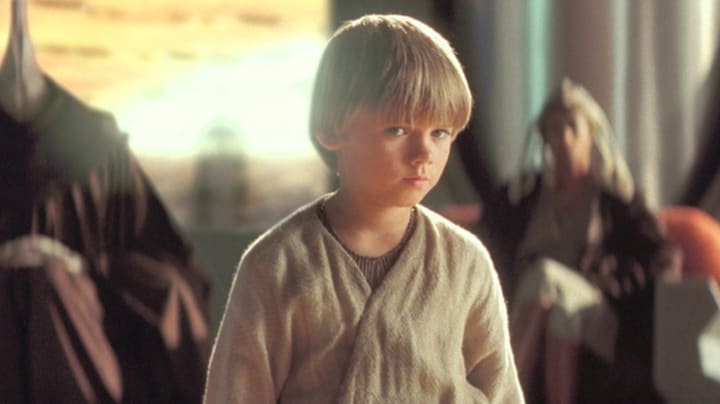
Anakin was not accepted by the Jedi Council. He was rejected because he was too old and already held attachments that would prove to be incompatible with his ability to adhere to the Jedi Code. However, Qui-Gon made Obi-Wan promise to train the boy to which he ultimately agreed. This was the beginning. The first step of a fiery, difficult, painful journey that would lead to the balance of the Force.
7. Finding Mutual Respect With Wilhuff Tarkin
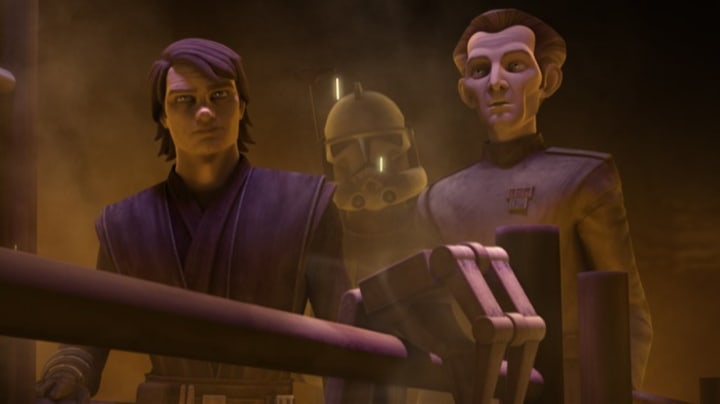
One of the reasons Jedi recruit (some say kidnap) children so young is so they can imprint their teachings onto them without any interference. One of the issues with Anakin as far as the Jedi Council was concerned was his age. It is easy to understand why. When we encounter Anakin on Tatooine he is well aware he and his mother are slaves. He has fantasized about the Jedi and their abilities. He has dreams of being a savior. These preconceived ideas create tension with some Jedi Masters.
By the era of The Clone Wars Anakin has political ideas, even though he brushes away the idea of politics often. He has seen the brutality of the Outer Rim and understands intimately one of the harshest systemic wrongs in the universe: slavery. To that end, he believes sometimes the Jedi Code can prevent those with power from truly solving problems. In an episode of Obi-Wan Kenobi titled “Part V,” he states, “Mercy doesn’t kill the enemy” when sparring with his master. He finds a like mind in Wilhuff Tarkin who shares his ideals, admires his training of Ahsoka Tano, and (like Anakin) has a relationship with the Chancellor.
6. Revenge On Tusken Raiders
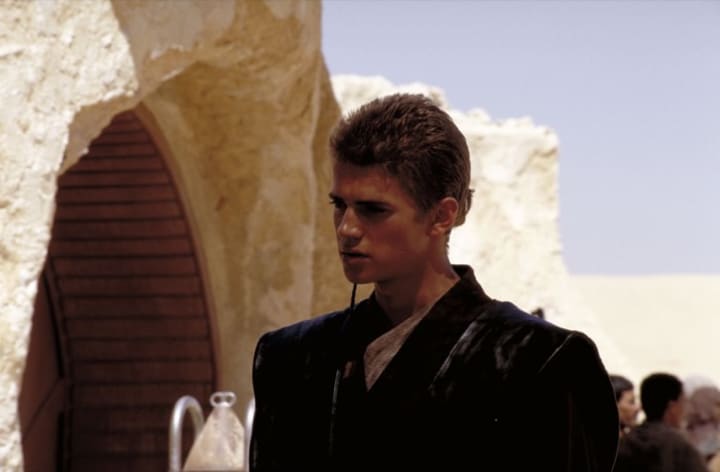
Commenting on Star Wars Episode VI: Return of The Jedi as a possible title of his sequel to the remarkable Star Wars Episode V: The Empire Strikes Back, George Lucas said that Jedi do not take revenge. This is the first prominent example we have in the cinematic canon of Anakin giving into hate and pain and taking revenge. This would prove to be one of the most important steps towards him ultimately turning. It also hedges at a recklessness that would become more evident when he is initially dispatched at the start of the battle with Count Dooku in the air hangar on Geonosis.
5. Marrying Padmé Amidala

Love in some circumstances can be in itself, an act of defiance. Jedi are forbidden from attachment. What this means has been debated, but marriage is very clearly an attachment. Anakin’s marriage with Padmé on Naboo illustrated that not only would he not sacrifice attachment to be a Jedi, but he puts those he loves and his ability to protect them, above any conventional system of teaching.
4. The Temple Siege
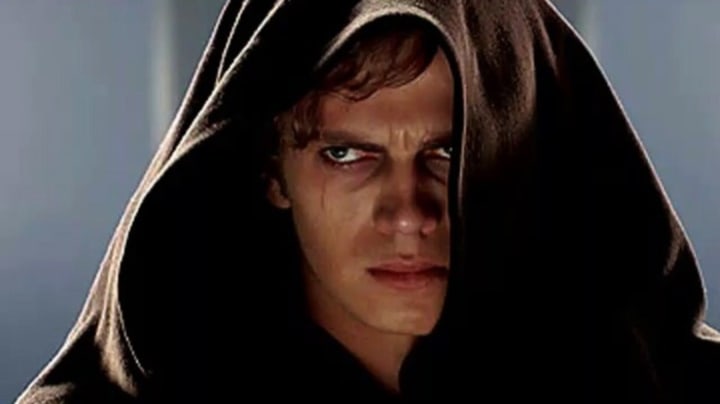
This is one of Anakin’s darkest chapters that would mark the beginning of his terror over the Jedi during Order 66. His first action aimed directly against the Jedi Order as an oppositional force would see him killing Jedi masters, padawans, and younglings in the Jedi Temple. Extinguishing the lights of many in the hope to save his wife from death. The behavior that once was understandable, with the case of saving Ahsoka Tano and Barriss Offee on Geonosis and not leaving Obi-Wan on the Invisible Hand, has evolved. Contorted by the Chancellor’s influence, Anakin has become treacherous and villainous.
3. Defeating Count Dooku
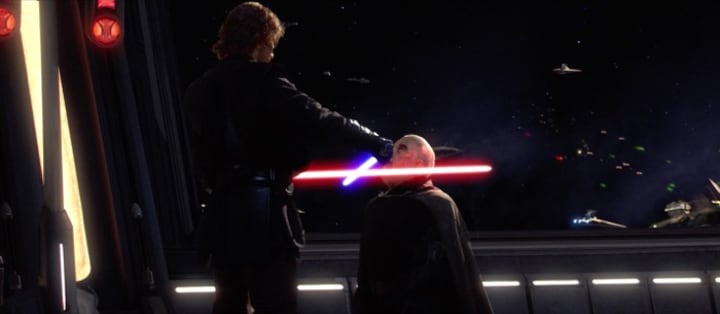
There are two major takeaways from the second phase of the lightsaber fight with Count Dooku aboard the Invisible Hand. The first of which is that Anakin holds back. Once Count Dooku dispatches Obi-Wan, you can almost see it in Anakin’s face, that he makes a decision to let go. His fighting style becomes more offensive, pushing the tempo of the fight.
The second, more important thing we learn, is that the Chancellor’s wishes override the Jedi Code for Anakin. On the first watch, it seems like Anakin broke the Jedi Code upon the Chancellor egging him on easily. However, later in the film, Anakin reveals that the Chancellor cared for him since he was a young boy. The Chancellor has been grooming him, building equity in his head for a long time. That initial beheading seems to make more sense understanding that.
2. Mustafar Clash
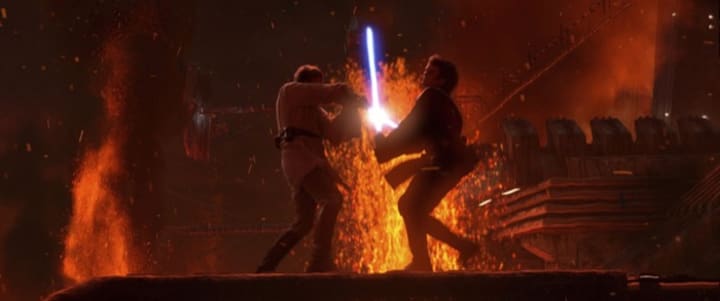
This is when Anakin lets go. We see it hedged in the fight on the Invisible Hand with Count Dooku. Anakin’s fighting style pushes forward. Obi-Wan is on his back foot for nearly the entire duration of the fight. There is a lot to take from this fight, but one of the biggest takeaways is that Anakin the person is fading. This is evidenced before the fight even fully begins. He harms Padmé which betrays his entire value system. He is changing.
The fires of the planet help to convey the metamorphosis taking place, like a Promethean metaphor. Anakin is harboring a maelstrom of confusion and emotion. His anger and rage, his fear, and at the end of the encounter his hate that he would feed on is truly born. The duo’s surroundings fall apart, they become weathered and exhausted, and then pain. This was the true beginning of Darth Vader not in name, but character.
Honorable Mention: Mortis Confirmation
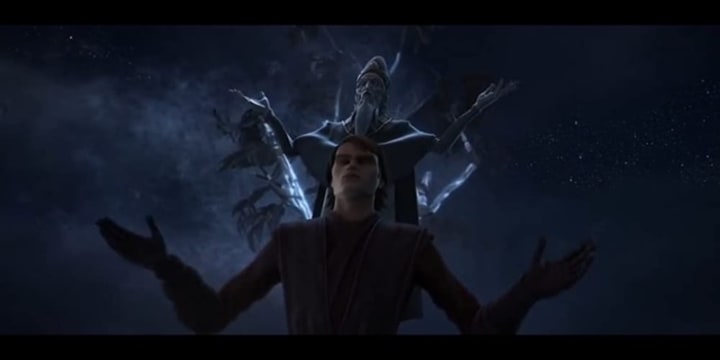
A thought is posed by Yoda in Star Wars Episode III: Revenge of the Sith. Mace Windu, Obi-Wan Kenobi, and he are aboard a Low-Altitude Assault Transport (LAAT) when Mace Windu expresses his distrust in Anakin. Out of defense of his padawan and brother, Obi-Wan reminds everyone about the prophecy and the nature of Anakin’s destiny. Yoda then poses “…a prophecy that misread could have been.”
This understandably created tension, confusion, and wonder, among some Star Wars fans. However, the Mortis arc in the Star Wars: The Clone Wars television series confirms that Anakin is the chosen one. It also helps us understand both the imbalances of the Force and how incredibly powerful Anakin can be.
1. The Return
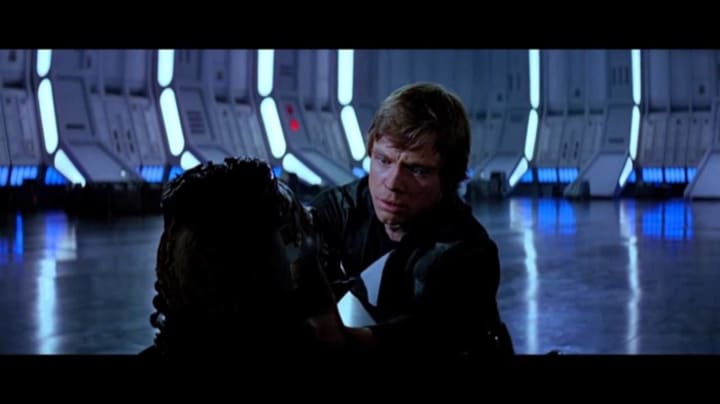
The return of Anakin Skywalker and his defeat of Darth Sidious saw the completion of the prophecy and the fulfilment of his destiny foretold in the Mortis arc of Star Wars: The Clone Wars. Luke Skywalker’s unshakeable belief that his father lay somewhere under the mask of Darth Vader proved fruitful when Anakin’s greatest gifts: love and empathy refused to allow him to watch his son die.
Thank you for coming on this journey through Anakin Skywalker’s most impactful moments! Did we miss any of your favorite Anakin Skywalker moments? Until next time, may the Force be with you!
READ NEXT: The Best Side Characters In 'The Clone Wars'
Written by Ash Aranda
Source(s): IGN India, IMDB [1], [2], RetroZap, Star Wars [1], [2], [3], Syfy, Wookieepedia
Syndicated from Culture Slate
About the Creator
Enjoyed the story? Support the Creator.
Subscribe for free to receive all their stories in your feed. You could also pledge your support or give them a one-off tip, letting them know you appreciate their work.






Comments
There are no comments for this story
Be the first to respond and start the conversation.